Introduction to the Magic of Catching Fireflies
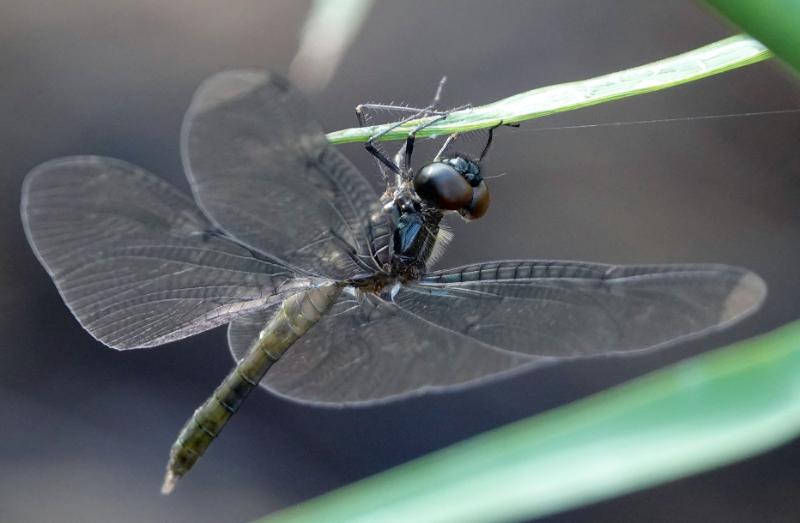
Remember the joy you felt during warm summer nights, being a child on a quest to capture those mystical lights that flickered about your backyard? We are talking about the magic of catching fireflies. This post aims to recreate that sense of wonder by giving you pointers on how to catch these fascinating insects!
Essential Tools for Firefly Expeditions
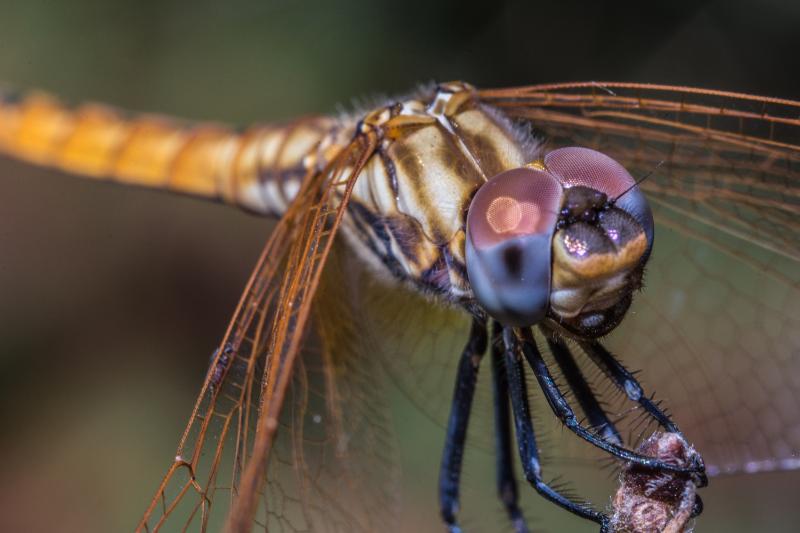
Before you start your firefly adventure, it’s essential to come prepared with the right equipment. You will need:
- A jar with a lid – Modify it by poking small holes for air ventilation, ensuring the wellbeing of your temporary catch.
- A damp paper towel – Keep it inside the jar to maintain a moist atmosphere, as fireflies love dampness.
- Some grass – Fireflies appreciate the comfort of their natural environment, so a little greenery will keep them happy.
- Optional – A fine net to catch fireflies without accidentally hurting them, and a flashlight for those hunts that venture into darker areas.
Where Do Fireflies Love to Hang Out?
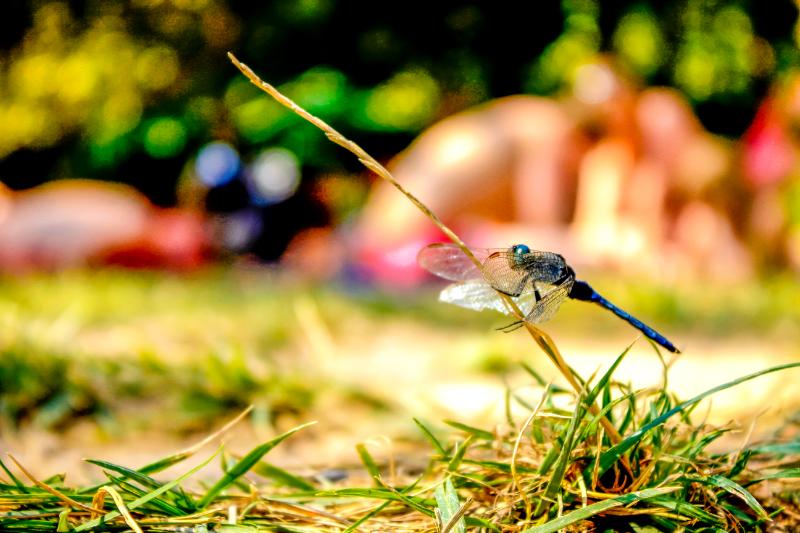
While these twinkling creatures may sometimes bless your backyard with a visit, they love certain locations more. If your backyard turns out to be a firefly-free zone, don’t worry; they’re not difficult to find. These critters love humid areas like the edge of a pond or creeks. Grassy, overgrown fields are another hotspot. Fond of low-hanging vegetation, they might be hiding in forests too. The promise of a firefly expedition can turn into a fun trip to the local lake or woods!
Timing Your Firefly Hunt
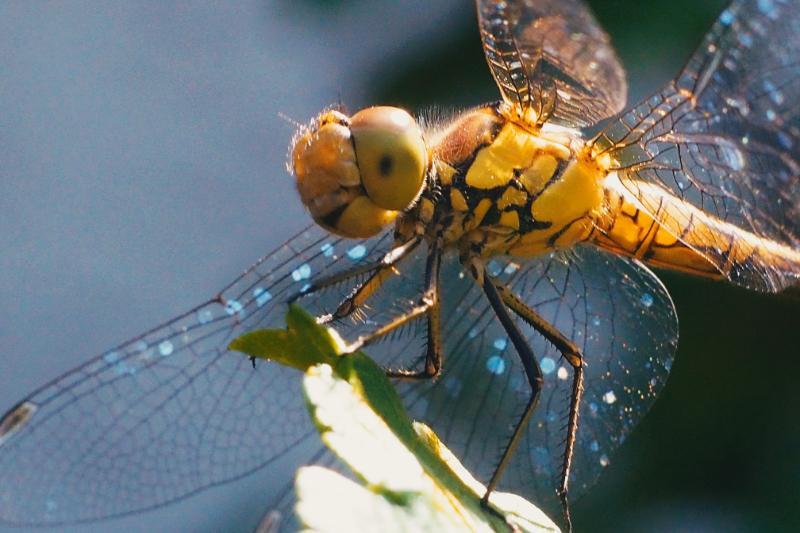
For a successful expedition, timing is critical. Look for fireflies around twilight, when the sky begins to darken. If they aren’t immediately visible, walk around with your flashlight pointed up or down, as this can attract them.
Techniques for Catching Fireflies
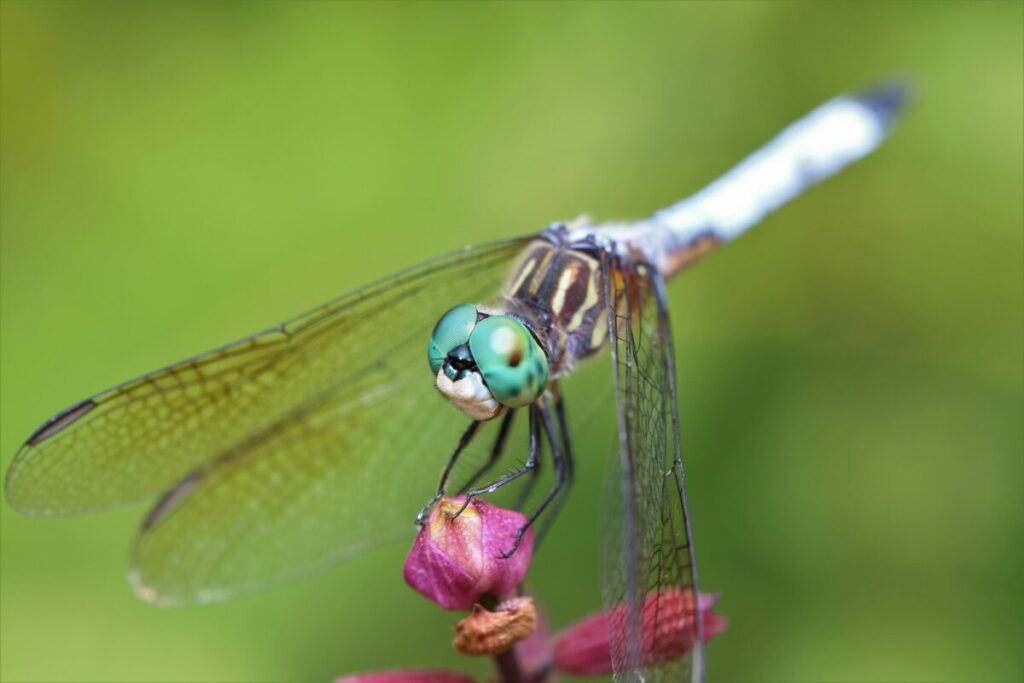
After finding these sparkling wonders, you’re now on the exciting part: catching fireflies. When using a net, make sure to move it gradually, with care. You don’t want to hurt the fireflies! If you’re using hands, slowly walk into a group of fireflies, and cup the ones that hover closest to you. Like us, they value their freedom, so be sure to release them back into the wild after a day or two. This not only increases their survival rates but also keeps the magic of catching fireflies alive for future adventurers.
Firefly catching is a delightful activity that creates everlasting memories. It’s like hunting for natural, self-sufficient lanterns, except these lanterns are live, loving creatures that add to the magic of warm, summer nights. As we learn to catch fireflies gently and respectfully, their magical glow becomes an emblem of the precious balance of life that we cherish!